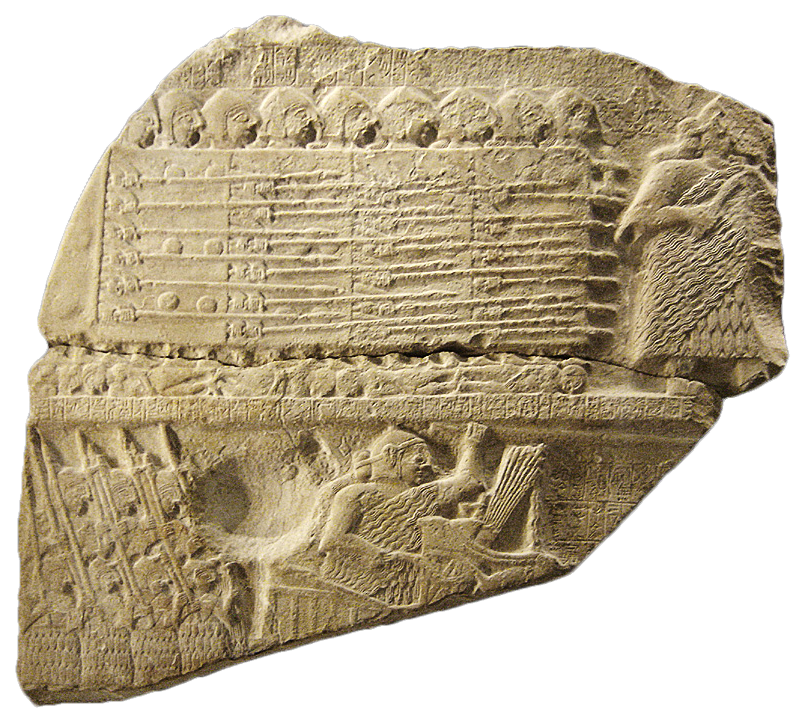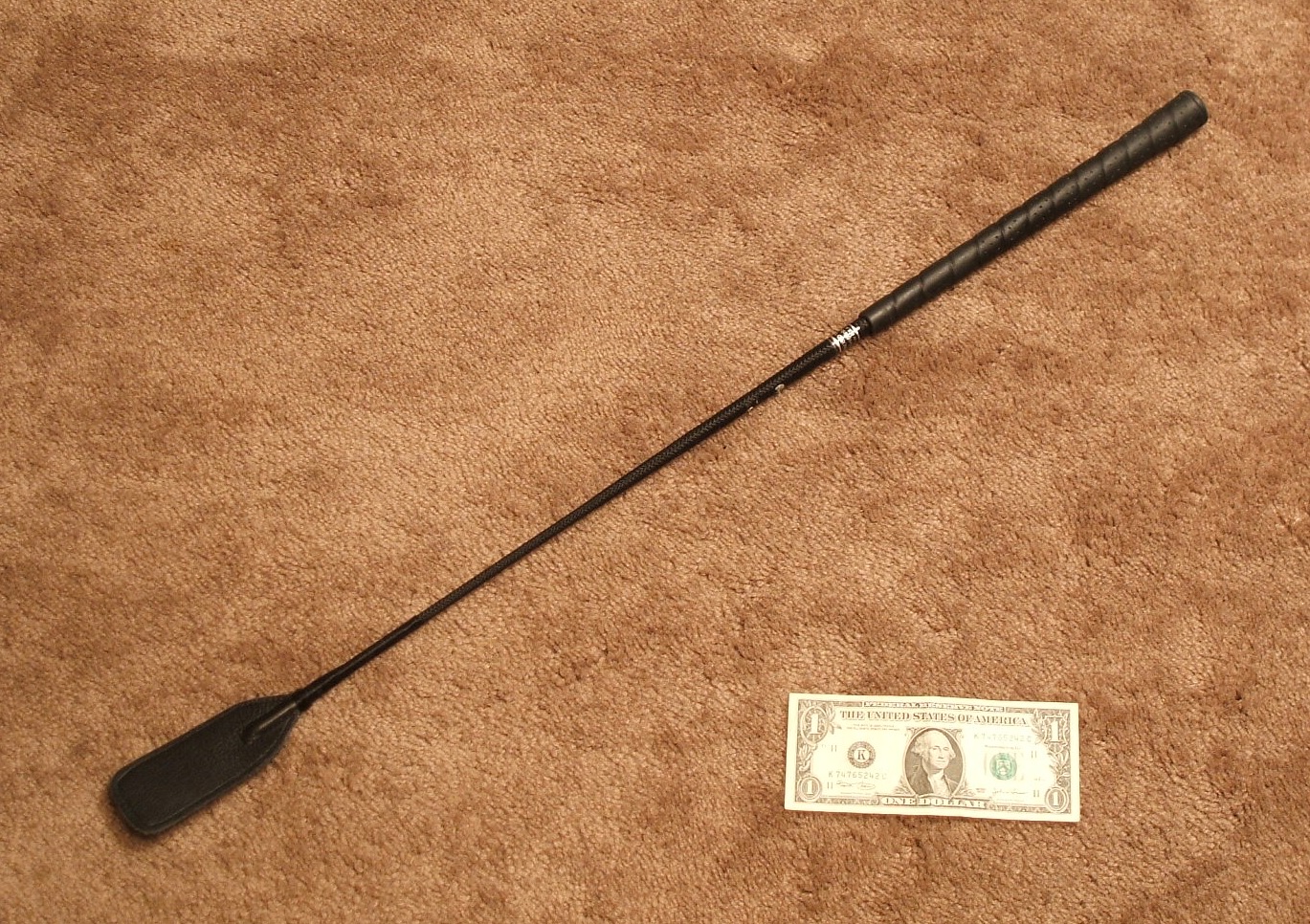|
Eighteen Arms Of Wushu
The Eighteen Arms is a list of the eighteen main weapons of Chinese martial arts. The origin of the list is unclear and there have been disputes as to what the eighteen weapons actually are. However, all lists contain at least one or more of the following weapons: Wuzazu version The ' , written by the Ming-dynasty Fujianese scholar (1567–1624), lists the following: #Axe #Bow and arrow #Crossbow #Dao (Chinese sword) # Greataxe #Hand-to-hand combat #Hoko yari #Ji (halberd) #Jian # Jian (sword breaker) #Whip # Mace # Pick #Qiang (spear) #Rake (tool) # Rope dart #Shield #Trident ''Water Margin'' version The Ming novel ''Water Margin'' lists the following: # Ancient style spear #Axe #Bow and arrow #Chain # Chúi #Club (weapon) #Crossbow # Dagger axe #Halberd #Firearm # Greataxe # Jian (sword breaker) # Mace or whip # Pick #Shield #Spear #Sword #Trident Shaolin version #Axe # Broadsword #Cane # Dart #Flute #Fork # Hand Dart # Kwan Dao # Monk's spade #Pen #'' Pu Dao'' #Sickles ... [...More Info...] [...Related Items...] OR: [Wikipedia] [Google] [Baidu] |
Shield
A shield is a piece of personal armour held in the hand, which may or may not be strapped to the wrist or forearm. Shields are used to intercept specific attacks, whether from close-ranged weaponry like spears or long ranged projectiles such as arrows. They function as means of active blocks, as well as to provide passive protection by closing one or more lines of engagement during combat. Shields vary greatly in size and shape, ranging from large panels that protect the user's whole body to small models (such as the buckler) that were intended for hand-to-hand-combat use. Shields also vary a great deal in thickness; whereas some shields were made of relatively deep, absorbent, wooden planking to protect soldiers from the impact of spears and crossbow bolts, others were thinner and lighter and designed mainly for deflecting blade strikes (like the roromaraugi or qauata). Finally, shields vary greatly in shape, ranging in roundness to angularity, proportional length and wi ... [...More Info...] [...Related Items...] OR: [Wikipedia] [Google] [Baidu] |
Broadsword
The basket-hilted sword is a sword type of the early modern era characterised by a basket-shaped guard that protects the hand. The basket hilt is a development of the quillons added to swords' crossguards since the Late Middle Ages. This variety of sword is also sometimes referred to as the broadsword, though this term may also be applied loosely and imprecisely to other swords. The basket-hilted sword was generally in use as a military sword. A true broadsword possesses a double-edged blade, while similar wide-bladed swords with a single sharpened edge and a thickened back are called backswords. Various forms of basket-hilt were mounted on both broadsword and backsword blades. One of the weapon types in the modern German dueling sport of ("academic fencing") is the basket-hilted . Nomenclature The designation "broadsword" is ambiguous, and can refer to many different types of sword. Though attestations of "broad swords" date from the 11th century, these simply refer to a ... [...More Info...] [...Related Items...] OR: [Wikipedia] [Google] [Baidu] |
Sword
A sword is an edged and bladed weapons, edged, bladed weapon intended for manual cutting or thrusting. Its blade, longer than a knife or dagger, is attached to a hilt and can be straight or curved. A thrusting sword tends to have a straighter blade with a pointed tip. A slashing sword is more likely to be curved and to have a sharpened cutting edge on one or both sides of the blade. Many swords are designed for both thrusting and slashing. The precise definition of a sword varies by historical epoch and geographic region. Historically, the sword developed in the Bronze Age, evolving from the dagger; the Bronze Age sword, earliest specimens date to about 1600 BC. The later Iron Age sword remained fairly short and without a crossguard. The spatha, as it developed in the Late Roman army, became the predecessor of the European sword of the Middle Ages, at first adopted as the Migration Period sword, and only in the High Middle Ages, developed into the classical Knightly sword, ar ... [...More Info...] [...Related Items...] OR: [Wikipedia] [Google] [Baidu] |
Spear
A spear is a polearm consisting of a shaft, usually of wood, with a pointed head. The head may be simply the sharpened end of the shaft itself, as is the case with Fire hardening, fire hardened spears, or it may be made of a more durable material fastened to the shaft, such as bone, flint, obsidian, copper, bronze, iron, or steel. The most common design for hunting and/or warfare, since modern times has incorporated a metal spearhead shaped like a triangle, lozenge (shape), diamond, or Glossary of leaf morphology, leaf. The heads of fishing spears usually feature multiple sharp Tine (structural), points, with or without barbs. Spears can be divided into two broad categories: those designed for thrusting as a melee weapon (including weapons such as lances and Pike (weapon), pikes) and those designed for throwing as a ranged weapon (usually referred to as javelins). The spear has been used throughout human history as a weapon for hunting and/or fishing and for warfare. Along with ... [...More Info...] [...Related Items...] OR: [Wikipedia] [Google] [Baidu] |
Whip
A whip is a blunt weapon or implement used in a striking motion to create sound or pain. Whips can be used for flagellation against humans or animals to exert control through pain compliance or fear of pain, or be used as an audible cue through the distinct whipcrack effect. The portion used for striking is generally either a firm rod designed for direct contact, or a flexible line requiring a specialized swing. The former is easier and more precise, the latter offers longer reach and greater force. Some varieties, such as a hunting whip or lunge whip, have an extended stock section in addition to the line. Whips such as the "cat o' nine tails" and knout are specifically developed for corporal punishment or torture on human targets. Certain religious practices and BDSM activities involve the self-use of whips or the use of whips between consenting partners. Misuse on animals may be considered animal cruelty, and misuse on humans may be viewed as assault. Use Whips are genera ... [...More Info...] [...Related Items...] OR: [Wikipedia] [Google] [Baidu] |
Firearm
A firearm is any type of gun that uses an explosive charge and is designed to be readily carried and operated by an individual. The term is legally defined further in different countries (see legal definitions). The first firearms originated in 10th-century China, when bamboo tubes containing gunpowder and pellet projectiles were mounted on spears to make the portable fire lance, operable by a single person, which was later used effectively as a shock weapon in the siege of De'an in 1132. In the 13th century, fire lance barrels were replaced with metal tubes and transformed into the metal-barreled hand cannon. The technology gradually spread throughout Eurasia during the 14th century. Older firearms typically used black powder as a propellant, but modern firearms use smokeless powder or other explosive propellants. Most modern firearms (with the notable exception of smoothbore shotguns) have rifled barrels to impart spin to the projectile for improved flight stabili ... [...More Info...] [...Related Items...] OR: [Wikipedia] [Google] [Baidu] |
Halberd
A halberd (also called halbard, halbert or Swiss voulge), is a two-handed polearm that was in prominent use from the 13th to 16th centuries. The halberd consists of an axe blade topped with a spike mounted on a long shaft. It may have a hook or thorn on the back of the axe blade for grappling mounted combatants and protecting allied soldiers, typically musketeers. The halberd was usually long. The word ''halberd'' is cognate with the German word ''Hellebarde'', deriving from Middle High German ''halm'' (handle) and ''barte'' (battleaxe) joined to form ''helmbarte''. Troops that used the weapon were called halberdiers or halbardiers. The word has also been used to describe a weapon of the early Bronze Age in Western Europe. This consisted of a blade mounted on a pole at a right angle. History The halberd is first mentioned (as ) in a work by 13th-century German poet Konrad von Würzburg. John of Winterthur described it as a new weapon used by the Swiss at the Battle of M ... [...More Info...] [...Related Items...] OR: [Wikipedia] [Google] [Baidu] |
Dagger Axe
The dagger-axe () is a type of polearm that was in use from the Longshan culture until the Han dynasty in China. It consists of a dagger-shaped blade, mounted by its tang to a perpendicular wooden shaft. The earliest dagger-axe blades were made of stone. Later versions used bronze. Jade versions were also made for ceremonial use. There is a variant type with a divided two-part head, consisting of the usual straight blade and a scythe-like blade. History The dagger-axe was the first weapon in Chinese history that was not also a dual-use tool for hunting (such as the bow and arrow) or agriculture. Lacking a point for thrusting, the dagger-axe was used in the open where there was enough room to swing its long shaft. Its appearance on the Chinese battlefield predated the use of chariots and the later dominance of tightly packed infantry formations. During the Zhou dynasty, the '' ji'' or Chinese halberd gradually became more common on the battlefield. The ''ji'' was developed ... [...More Info...] [...Related Items...] OR: [Wikipedia] [Google] [Baidu] |
Club (weapon)
A club (also known as a cudgel, baton, bludgeon, truncheon, cosh, nightstick, or impact weapon) is a short staff or stick, usually made of wood, wielded as a weapon or tool since prehistory. There are several examples of blunt trauma, blunt-force trauma caused by clubs in the past, including at the site of Nataruk in Turkana County, Turkana, Kenya, described as the scene of a prehistoric conflict between bands of hunter-gatherers 10,000 years ago. Most clubs are small enough to be swung with one hand, although larger clubs may require the use of two to be effective. Various specialized clubs are used in martial arts and other fields, including the Baton (law enforcement), law-enforcement baton. The military Mace (bludgeon), mace is a more sophisticated descendant of the club, typically made of metal and featuring a spiked, knobbed, or flanged head attached to a shaft. Examples of cultural depictions of clubs may be found in mythology, where they are associated with strong figure ... [...More Info...] [...Related Items...] OR: [Wikipedia] [Google] [Baidu] |
Chain
A chain is a serial assembly of connected pieces, called links, typically made of metal, with an overall character similar to that of a rope in that it is flexible and curved in compression but linear, rigid, and load-bearing in tension. A chain may consist of two or more links. Chains can be classified by their design, which can be dictated by their use: * Those designed for lifting, such as when used with a hoist; for pulling; or for securing, such as with a bicycle lock, have links that are torus-shaped, which make the chain flexible in two dimensions (the fixed third dimension being a chain's length). Small chains serving as jewellery are a mostly decorative analogue of such types. * Those designed for transferring power in machines have links designed to mesh with the teeth of the sprockets of the machine, and are flexible in only one dimension. They are known as roller chains, though there are also non-roller chains such as block chains. Two distinct chains can be ... [...More Info...] [...Related Items...] OR: [Wikipedia] [Google] [Baidu] |






